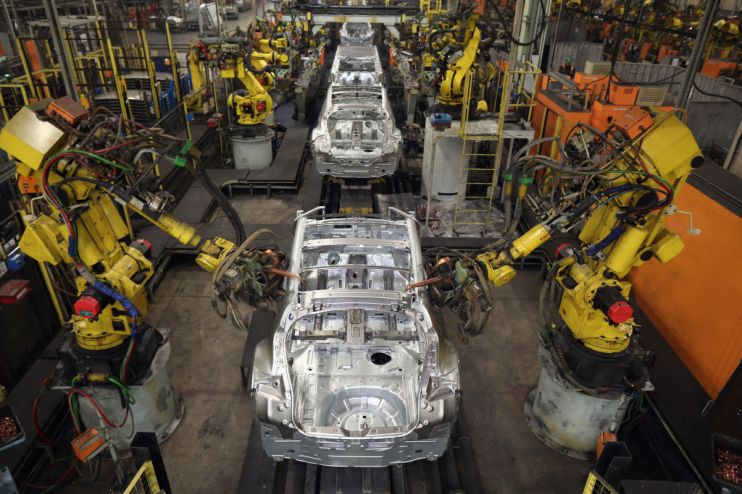Britain’s car industry could weather a storm of tariffs better than you’d think

The latest American Economic Review contains a timely paper. Keith Head and Thierry Mayer, at the University of British Columbia and the Banque de France respectively, estimate the consequences of changes in tariff and non-tariff barriers to the car industry.
They look at both US-led protectionism and Brexit, and calculate how these might change the location of production
The car industry is of course the tradeable industry par excellence. For example, 50 per cent of cars sold in OECD markets are assembled in locations that are neither the headquarter nor the consuming country.
The United States had threatened to impose so-called Section 232 tariffs of 25 per cent on cars imported from Canada and Mexico on national security grounds. And President Trump did bring in such tariffs in aluminium and steel, although in the summer America reached separate bi-lateral agreements with Canada and Mexico.
Head and Mayer estimate that Section 232 tariffs would have devastated the Canadian and Mexican car industries. Even if the two countries retaliated, car production would have fallen 40 per cent in Mexico and 67 per cent in Canada.
A key reason for these massive numbers is that almost all the brands made in Canada (11 of 12) and Mexico (10 of 14) are also made in the US. Under tariffs, there would be a strong incentive to shift production to America.
The results for the Brexit scenario are quite different.
The simulation is of a hard Brexit. UK exports face the European Union’s 10 per cent Most Favoured Nation tariffs, and Britain reciprocates at the same rates. The authors assume that we cannot roll-over existing EU agreements with third-party nations, and that the tariff structure with them reverts to the same basis.
The EU runs a large trade surplus with the UK in cars, so higher tariffs mean that we have less to lose. The British car industry actually gains through the protective effect of tariffs.
Overall, Head and Mayer estimate a fall in production of only four per cent. This arises purely from their calculations of trade with countries such as Turkey and South Korea.
The paper is impressive in its detail and in the rigour of its analysis. These are the great strengths of much modern economics.
Of course, it also has its weaknesses. The analysis is, to use a jargon phrase, a purely static one: it takes the technology and the structure of production as given, and traces how tariffs, by changing costs and so the incentives of firms to produce in different locations, work through the industry.
It does not take into account any dynamic changes: how productivity or innovation (which alter the structure of production) might respond to changed circumstances.
Assessing these factors is a much harder task. Most would agree, for example, that a hard Brexit under Jeremy Corbyn would lead to ossification, although this is a matter of judgement and not analysis.
Still, despite these limitations, the study shows that the impact on production of a hard Brexit even in an industry which thrives on trade would be negligible. It makes interesting reading at a time when hysteria over a no-deal Brexit is once again reaching a fever pitch.
Main image credit: Getty
